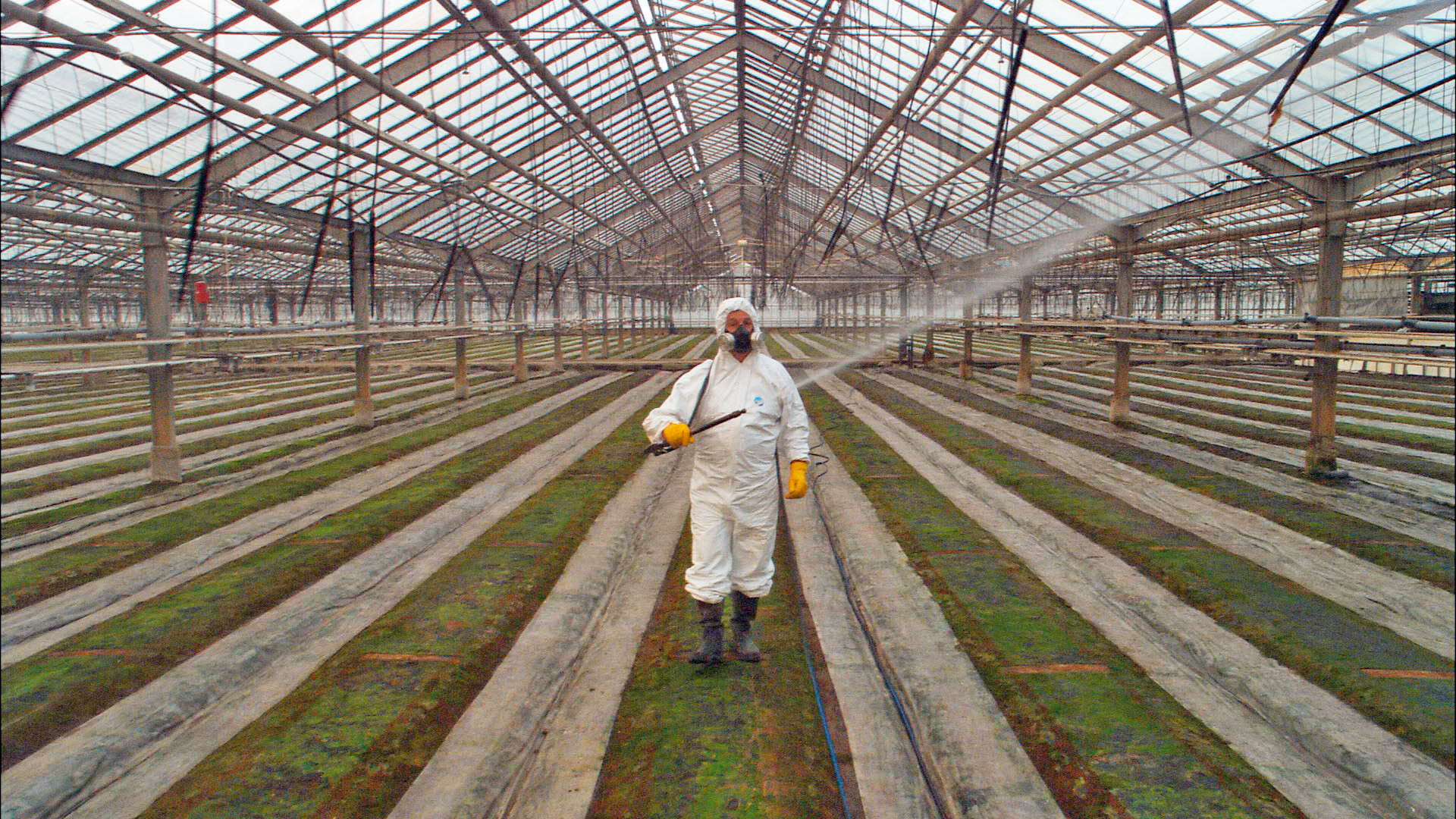You have eliminated the fat from your team, stripped your camera package down to its essentials, and defined your film. Now you need to evaluate whether or not you can make your movie by adhering to the lean team documentary filmmaking (or LTDF) strategy. As I suggest in Chapter Two of Get Close: Lean Team Documentary Filmmaking, “Try and look at your film through the lens of a lean team documentary filmmaker, adjust your expectations, and break down the elements of your project with these limitations in mind.”
The next several installments of Pro Tips will offer guidance on how to keep your lean team goals in mind while making your film.
Let’s start with the story. The story is the backbone of your film. B-roll, interviews, music–everything else–forms the body that the backbone, or spine, supports. And a good story should come with strong characters, at least one, maybe with a few supporting characters. Sometimes the character will form the spine of your film, and the story they tell will be the body. Think of Errol Morris’s films on Robert McNamara, Donald Rumsfeld, and Steve Bannon.
But a character doesn’t always have to be a person. As I write in my book, “the main character of your film can also be a place (your hometown, a prison, the moon), a thing (an electric car, a lava lamp), an idea (time travel), or an animal (pick one).” Frederick Wiseman observes the role institutions play in American lives in films such as Ex Libris (the library), National Gallery (the art museum), and At Berkeley (the university). Nikolaus Geyrhalter makes films around concepts. In Our Daily Bread he wonders what the mass production of society’s food looks like if viewed dispassionately, without a social issue agenda (spoiler alert: it isn’t pretty). The late Michael Glawogger’ Workingman’s Death and Untitled are concerned with a visual interrogation of physical toil. For Glawogger, story was not his primary focus. “Imagery is the essence of the art of cinema,” he once said, “and language, sound and story are the legs on which this painting-in-motion is standing.”
Whatever your story turns out to be, you should ask if it has something important, valuable, memorable, or entertaining to say about life or the world right now. Will there be enough going on to tell a feature-length story, or could a short film be a better idea? Does your story offer surprises? Will there be unpredictable elements or can you structure your story so they feel unpredictable? Predictability, that feeling that you’ve seen this film before, possibly several times, is an annoying tic of current documentaries. It’s a problem made worse by film festivals and distributors looking for documentaries they can sell to an audience with an easy hook. This is called pre-awareness, a marketing buzzword that is slowly killing the inventiveness and imagination of the top tier or A-list documentary filmmakers, many of whom are fighting for the digital streaming slots offered up by Amazon and Netflix.
Don’t be predictable. It’s okay if your story has the standard three-act structure of a setup, a conflict, and a resolution, but will you be able to rearrange and present those elements in a refreshing way? Identify the narrative thread in the story; the motivation to keep watching; the feelings you want the film to evoke in a viewer. Try not to reduce those feelings down to something banal and one-note, such as hope, inspiration, or redemption; instead go for a complexity of feelings, a mix of sadness, humor, anger, injustice, revenge, frustration, sympathy.
It’s essential to ask if your story has been told before. If so, is there something else to say about it or do you have special access to a person or place that will help to tell the story in a new way? Every time I read about a new film that goes “backstage at a performance” or “observes a school” or “follows three people as they…” my eyes glaze over. Most of the time I can fill in the blanks on those movies before I even see them.
Is your film ultimately asking a question or making an assertion? “A question leads to a search for answers with the outcome not necessarily known,” the filmmaker and teacher Barry Hampe writes in Making Documentary Films and Videos. “An assertion, on the other hand, starts from the conclusion and then piles up facts as proof.”
What does he mean by this? I’ll discuss this and more in the next installment. We’re just getting started on how to tell your story within the LTDF model.
WATCH on Amazon: Our Daily Bread, Nikolaus Geyrhalter, 4.5/5
Coming soon in Lean Team Pro Tip #6: The Explorer and the Expedition

